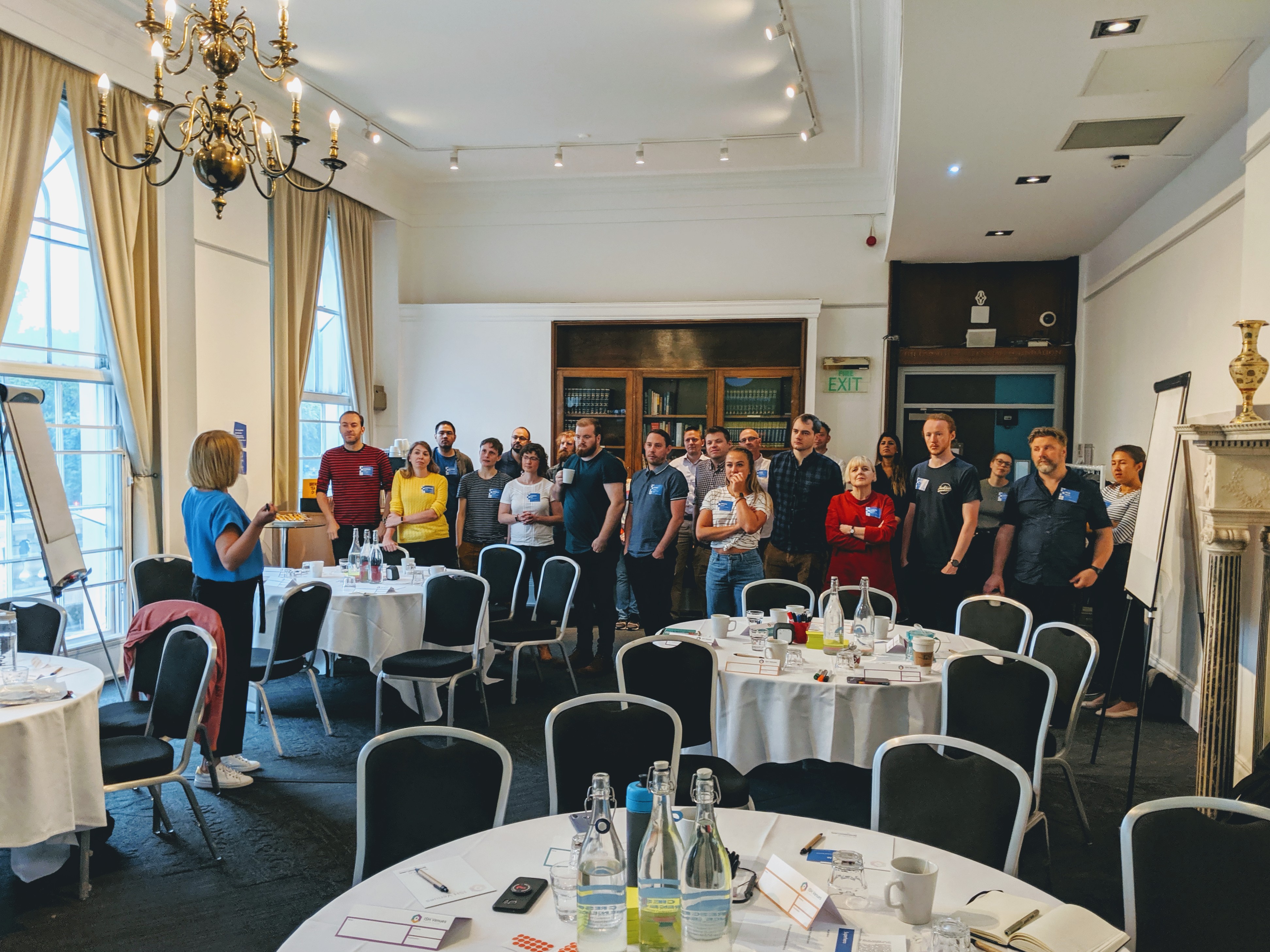How Which? scaled Problem Framing from a one-day training to a core decision-making practice

London, United Kingdom
From a one-day training to an embedded practice: how Which? turned Problem Framing into a core capability for decision-making.
The Beginning: 2019
In 2019, Which?—the UK’s independent consumer champion known for product testing, investigations, and policy advocacy—was already leading the way in putting users first. Their teams weren’t just building digital products; they were helping people make confident, informed decisions about the things that matter most—money, health, tech, and consumer rights.
To support this mission, they sought out more effective ways to align cross-functional teams, sharpen focus, and improve the quality of decision-making.
That’s when they invited Design Sprint Academy to run a focused 1-day Problem Framing training at their London HQ.
It was their first step in testing a method that could bring clarity to complexity—and unlock faster, more meaningful progress.
The impact of that initial training was immediate.
Problem Framing gave teams a common language, a shared structure, and a practical way to cut through noise. It quickly moved from a tactical tool to a foundational method for making better decisions.
Over the next three years, Which? deepened its investment in the approach through ongoing collaboration with Design Sprint Academy:
Run repeatedly across product, research, and design teams to build fluency and confidence in tackling strategic challenges.
Helping teams move from well-defined problems into rapid prototyping and real-world testing—turning insight into action.
Which? didn’t want to rely on external facilitation. They wanted to build internal capability—and that’s exactly what they did with the help of the Advanced Facilitation Training.
Over time, Problem Framing evolved from a method into an active practice.
It became a key part of how teams at Which? approached scoping, prioritization, and product discovery. It helped them navigate ambiguity, align across roles, and accelerate decisions—without rushing into solutions.
In a fireside chat with Design Sprint Academy, leaders from Which? reflected on this shift:
“Problem Framing has been instrumental for us. It helps us cut through different inputs and align on what really matters—so we can deliver solutions that meet people’s needs at the right time.”
— Rick Lipkit, Head of UX Design & Research
— Drew Shepard, UX Design Lead
Today, Problem Framing is no longer something a few teams use—it’s part of how the organization works.
Want to explore what Problem Framing could unlock in your organization?
Let’s talk about how to introduce it—and make it stick.





.jpg)















